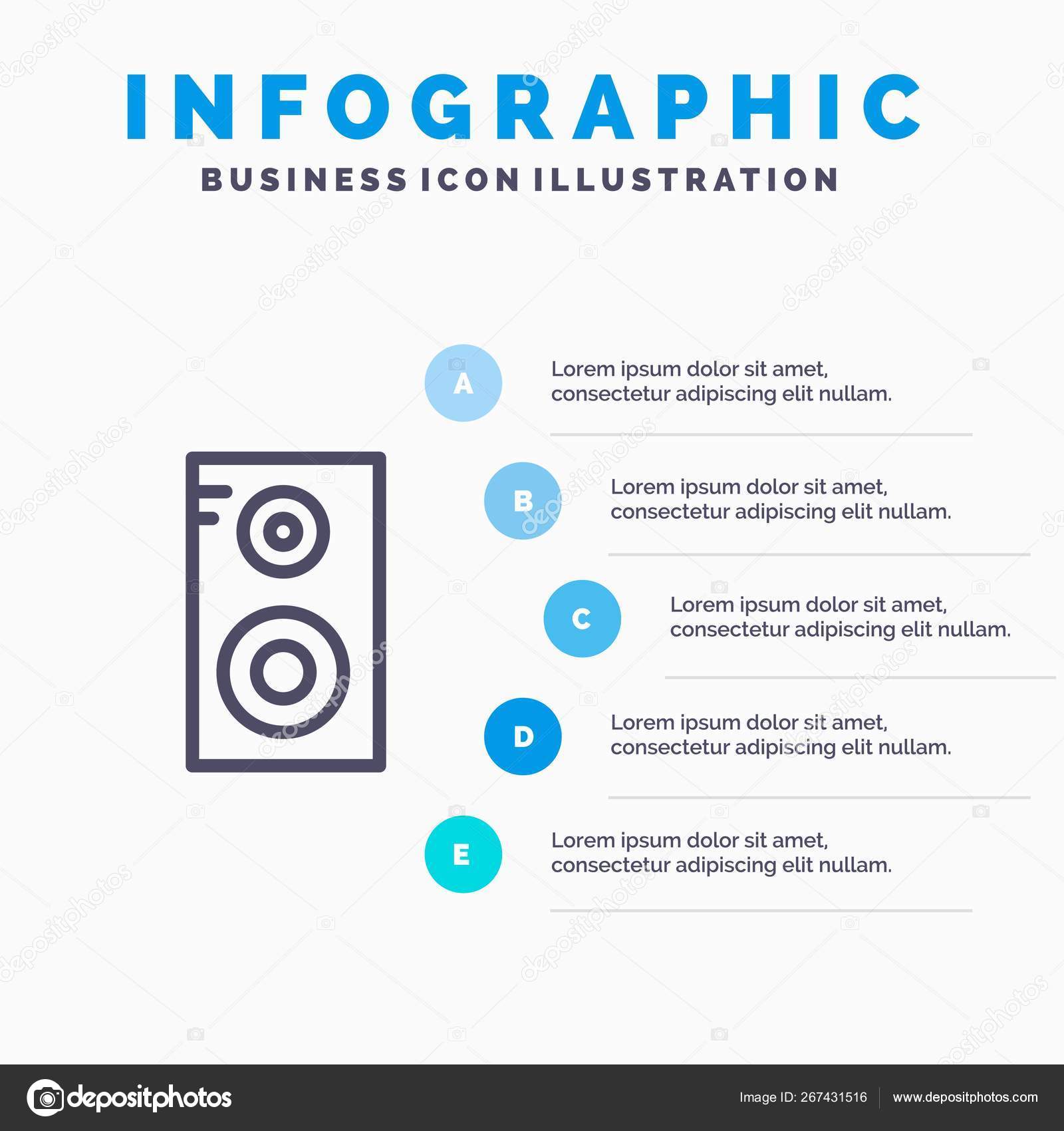When you think of starting your musical trip, it is essential to check out the numerous tools frequently introduced in colleges. You'll experience string tools like the violin, wind instruments such as the flute, and percussion alternatives like the snare drum. Each deals one-of-a-kind sounds and experiences that can form your music identity. But just how do you determine which one lines up with your passions and comfort? The answer may shock you as you think about variables like your personal choice and the abilities you hope to create. Let's take a closer take a look at what each group offers.
Commonly Instructed String Instruments
When you think about string instruments in colleges, the violin, viola, cello, and double bass commonly come to mind. These tools create the core of lots of college orchestras and string sets, offering a rich foundation for musical education and learning.
The violin, understood for its intense audio, is typically the first string tool students find out. Its small size and versatility make it perfect for novices.
Next, you may experience the viola, a little larger than the violin, and tuned a fifth lower. Its much deeper, warmer tone enhances the violin beautifully, and it plays an essential duty in creating harmony within an ensemble.
The cello, with its abundant, powerful voice, uses a various playing experience. Many pupils are drawn to its expressive capacities and the way it can communicate deep emotions.
Lastly, the double bass, the largest of the string household, offers the bass foundation for orchestras. While it might appear frightening in the beginning, its deep audio is crucial for grounding musical compositions.
Each of these tools assists develop necessary skills, including synergy, discipline, and a love for music, making them indispensable in a school setup.
Popular Wind Instruments
Wind instruments play an essential function in college music programs, with popular selections including the flute, clarinet, trumpet, and saxophone. Each of these instruments uses distinct noises and attributes, making them interesting students of all ages.
The groove's light, ventilated tone frequently catches the hearts of beginners. It's an excellent choice if you enjoy playing tunes.
The clarinet, understood for its abundant, cozy sound, is versatile and fits well in various music designs, from classic to jazz.
If you're seeking something bold, the trumpet's intense and powerful sound will undoubtedly stand out in any type of ensemble.
The saxophone integrates the best of both globes, offering a smooth, meaningful audio that's excellent for jazz and symphonic music alike. Many pupils find its bent form and comfy mouth piece easy to deal with, making it a prominent selection for those brand-new to wind instruments.
When https://onlinebachelorsdegreeinmu19754.topbloghub.com/38559899/considering-if-your-child-is-ready-for-music-lessons-discover-the-key-signs-that-can-unlock-their-musical-potential-and-what-to-do-following select a wind tool, consider the audio you're drawn to and the kind of music you wish to play.
Each option supplies a fantastic opportunity to establish your musical abilities and share yourself creatively. You'll be amazed at just how swiftly you can learn and grow with these tools!
Necessary Percussion Instruments
Percussion tools are the heart beat of any kind of school music program, providing rhythm and energy to various musical ensembles. They're essential for creating a solid sense of timing and coordination in young musicians. When you think of percussion, you may immediately picture drums, but there's a varied series of tools that fall under this category.
The snare drum is a staple, known for its sharp, crisp audio that includes strength to performances. The bass drum, with its deep, powerful tones, supports the set's rhythm. You ought to additionally explore cymbals, which can create significant crashes or subtle accents, enhancing the total noise.
Various other crucial percussion tools consist of tambourines, maracas, and xylophones. Tambourines provide a dynamic jingle, while maracas offer an enjoyable, shaking sound. Xylophones, with their ariose bars, allow you to check out pitches together with rhythm.
Do not forget hand percussion, such as congas and bongos, which bring a world music flavor to your repertoire. By trying out these tools, you'll discover how they can elevate any musical piece, making your contribution to the school band or band unforgettable and impactful.
Verdict
Finally, discovering different music tools can be an amazing journey for you. Whether you're drawn to the abundant tones of string tools, the airy tunes of wind tools, or the balanced beats of percussion, there's something for every person. Keep in saxophone instructors near me to choose a tool that reverberates with you, fits your comfort degree, and triggers your rate of interest. As you dive into music, you'll not just establish new skills but additionally support a lifelong love for this lovely art form.
